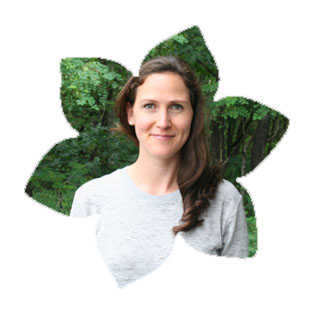Will the CRD step up and enforce its own plan?
On a rainy afternoon a couple of weeks ago I sat in the boardroom of the Capital Regional District (CRD), and listened intently as directors discussed whether to take steps that would allow them to enforce the Regional Growth Strategy.
This was not a routine meeting. At stake was the CRD’s ability to enforce its own plan to protect our region’s farmland and wild spaces. There was tension in the air, not only around the director’s meeting table, but in the body language of those in the audience, some of whom were standing and many sitting, literally, on the edge of their seats.
The flashpoint for the special motion before the board that day is well-known to anyone who has been following events in the Juan de Fuca rural resource lands on Vancouver Island: a controversial development application proposed by developer Ender Ilkay along the Juan de Fuca trail. If approved, it will bring Whistler-style cabins and amenities within a stone’s throw of a world-class wilderness trail and smack dab in the middle of a significant wildlife corridor. There has been a tremendous and growing wave of public opposition to the proposal.
The motion under consideration that day by the CRD board has implications extending far beyond the Juan de Fuca proposal. It’s a confusing tangle of bureaucracy, but attending the board meeting helped me make sense of it. This is how I see it.
Pushing for changes
A majority of directors are frustrated that they don’t get to vote on this proposal, which contravenes the growth strategy and the official community plan, and have been trying to figure out how they can stop this and other proposals for urban sprawl in the capital region. Only a subsample of directors, the majority of whom are in favour of approving the proposal, will get to actually vote on it. This voting system was established before a huge swath of land between Port Renfrew and Jordan River was released from a tree farm licence by the B.C. Liberal government.
This is why the board sent a letter to Minister of Community Ida Chong asking for her to formalize changes they made to their voting rules that would enable the whole board to vote on developments like this. Chong’s response stated that the board had the tools to reject this and similar proposals already. What these tools are exactly is unclear to even the board members.
The Vote
After a lengthy discussion, the board voted to adopt a protocol that sets out how to deal with proposals that clearly violate the Regional Growth Strategy. It’s just a protocol and up to the board to decide whether to implement it or not, but there was fist-punching and high-fives in the public gallery when the motion passed and a look of annoyed consternation on the face of developer Ender Ilkay.
Here’s why: the protocol explicitly mentions legal action as a potential solution in the event of a disagreement between the board and subcommittees or member municipalities. It’s hard to imagine a situation in which governing bodies of the CRD would effectively sue each other, but it gives teeth to those on the board who would like to enforce the regional growth strategy.
The board also moved to arrange an in-person meeting with minister Chong (and the premier if necessary) to get some clarification and press her to reconsider her decision about the board’s request to change the voting structure so that the entire CRD board can have a say on the Juan de Fuca proposal.
Municipal politics is important
Local politics can be pretty dry and somewhat confusing. Voter turnout in the CRD in the last municipal election was just 21 per cent. What happens at the local and regional level, however, probably has more impact on our daily lives than any other level of government. Land-use changes and how they are managed influences the built and natural environments that we interact with every day. The tremendous public pressure brought to bear on the CRD over the Juan de Fuca trail development has lead to changes in the decision-making process at the regional level that will have positive implications for the entire region in the long run. This is what’s possible when hundreds of people make their voices heard.
